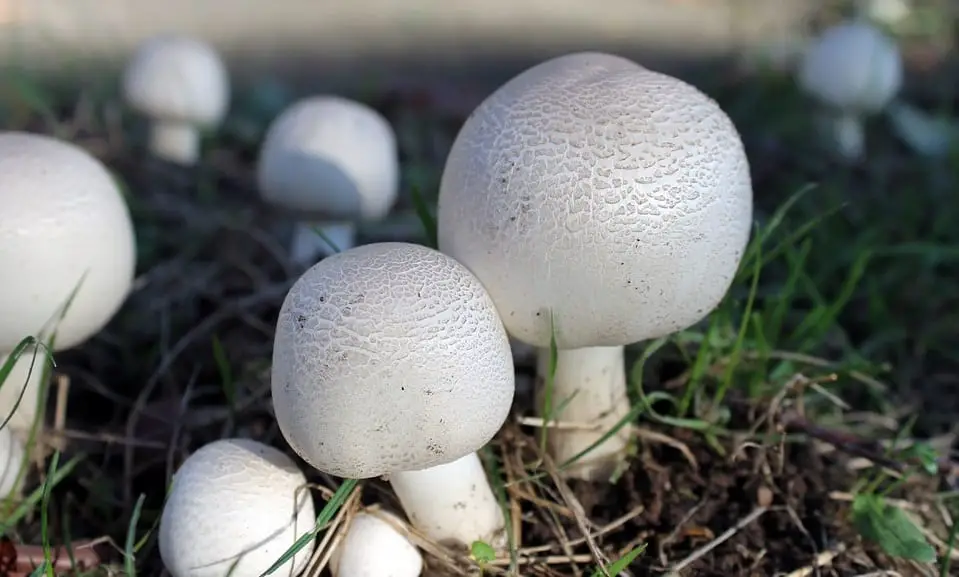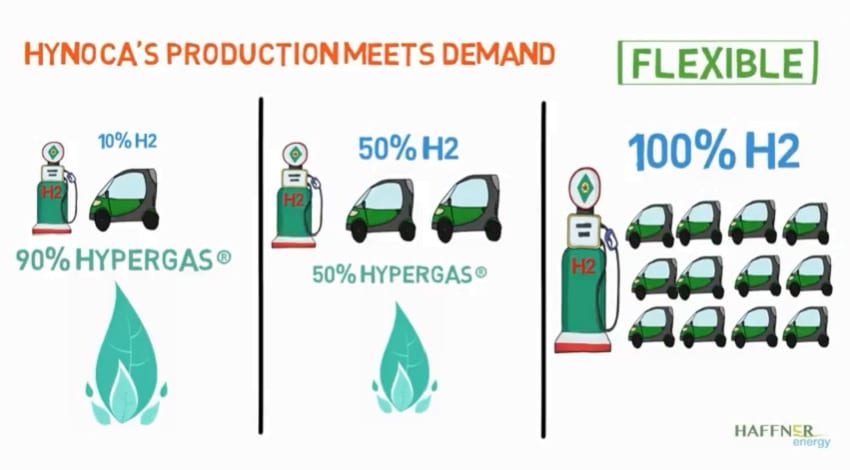
US researchers generate electricity using unique bionic mushroom
November 12, 2018Mushrooms covered in bacteria can produce environmentally friendly energy.
Scientists are always looking for ways to lighten the world’s reliance on fossil fuels and a team of researchers from America claim they’ve found a new way to make clean energy using bacteria-covered bionic mushrooms.
Combining cyanobacteria with an organic surface is a key factor in the energy making process.
Common on both land and in oceans, cyanobacteria, commonly called blue-green algae, are a phylum of bacteria that obtain their energy through photosynthesis. In other words, the bacteria has the ability to turn light into energy through photosynthesis.
Using 3D-printing technology, the scientists attached clusters of the energy-producing bacteria to an ordinary button mushroom. An electrode network was also used to harness the power the bionic mushrooms generate.
This isn’t the first time researchers have studied cyanobacteria as a viable form of clean energy production. However, this phylum of bacteria has never been considered a viable option due to the fact that it does not have a long survival rate on artificial surfaces.
That said, with the mushroom, the bacteria thrives due to a mixture of ideal conditions, including nutrients, temperature and moisture.
The scientists are working on connecting an array of bionic mushroom to power a small lamp.
The scientists’ research, which was recently published in the journal Nano Letters, reveals how their bionic mushrooms can produce green energy, which could be very important considering the ever-growing concern over global warming.
“What we show in this paper is an approach utilizing a multi-material 3d printing to integrate and seamlessly merge (you can also say sort of ‘marrying’) the ‘smart’ properties of these both worlds – one of biological living micro-organisms and the other of abiotic functional nanomaterials,” Manu Mannoor wrote in an email, reported CNN.
Mannoor and Sudeep Joshi of the Stevens Institute of Technology in New Jersey where behind the mushroom research. According to them, their research shows the potential of “engineered symbiosis” between organisms and nonliving materials.
Presently, one bionic mushroom produces only a tiny amount of bio-electricity, not enough to be of any real use. That said, the scientists are working on connecting a number of the mushrooms in an array to power a small lamp.
 What’s more, the researchers are also investigating how to generate higher electrical currents using the bionic mushrooms as this would improve their usefulness.
What’s more, the researchers are also investigating how to generate higher electrical currents using the bionic mushrooms as this would improve their usefulness.



 HFN News is your leading source for fresh hydrogen and renewable energy updates. Amid the fast-paced growth of hydrogen companies, we provide top-notch news and insights about this exciting sector. Our coverage spans from hydrogen cars to global sustainable initiatives, and we highlight the latest in green jobs and developing hydrogen hubs. We invite you to share your local hydrogen news and explore today’s renewable energy job listings on our site. Thanks for choosing HFN News as your trusted guide to the hydrogen and renewable energy world!
HFN News is your leading source for fresh hydrogen and renewable energy updates. Amid the fast-paced growth of hydrogen companies, we provide top-notch news and insights about this exciting sector. Our coverage spans from hydrogen cars to global sustainable initiatives, and we highlight the latest in green jobs and developing hydrogen hubs. We invite you to share your local hydrogen news and explore today’s renewable energy job listings on our site. Thanks for choosing HFN News as your trusted guide to the hydrogen and renewable energy world!